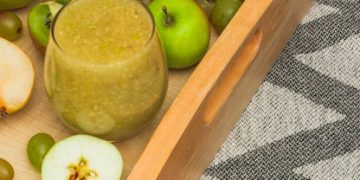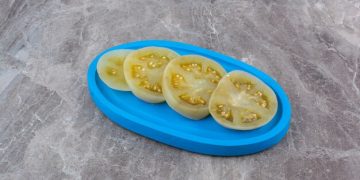
Temperature plays a crucial role in cooking. We’ve all faced the challenge of cooking two dishes in the oven that need different temperatures. You might think that if one dish requires a temperature that’s 25 degrees higher, it will just cook a bit faster. But it doesn’t work that way, which is why getting the temperature right is so important. There are several key reasons to use a food temperature probe in the kitchen.
So, what exactly does a food temperature probe do? Simply put, it measures the internal temperature of foods. Meat, chicken, and fish all need to reach specific internal temperatures. While some professional chefs can tell if food is cooked just by touch, not everyone has that skill.
Using a food temperature probe provides a more accurate reading, which is crucial for two main reasons. If you haven’t been using one, here are the top reasons to start.
The most important reason to use a food temperature probe is safety. Many foods can become unsafe to eat if they aren’t cooked to the right temperature. Raw meat, in particular, needs to reach a certain internal temperature to be safe. While there are some cases where raw meat can be consumed safely, chicken and pork can be especially dangerous if not fully cooked. They can contain bacteria harmful to the digestive system, and eating them undercooked can lead to severe illness.
A food temperature probe helps prevent such issues. While it’s important for home cooking, it’s even more crucial in a professional setting. The last thing a restaurant wants is to cause food poisoning due to undercooked meat. Even without legal consequences, word spreads quickly if someone gets sick after dining out.
The second reason, closely tied to safety, is food quality. Nobody wants to eat a poorly cooked meal, whether at home or in a restaurant. The quality of the food matters, and even small temperature changes can significantly affect a dish’s quality.
Some foods are more forgiving, but others, like proofed bread, smoked meats, tempered chocolate, and brewed beer, require precise temperatures for the right consistency and quality. A food temperature probe helps achieve the exact temperature needed, as even a few degrees off can compromise the food.
When choosing a food temperature probe, consider a few factors. Accuracy is key; if a probe isn’t accurate, it’s time to find a new one. The best probes can measure within a few degrees, ensuring consistency and quality. Temperature range is also important. You don’t want to switch between multiple thermometers to get a reading. Some probes cover a wider range of temperatures, offering more convenience.












































